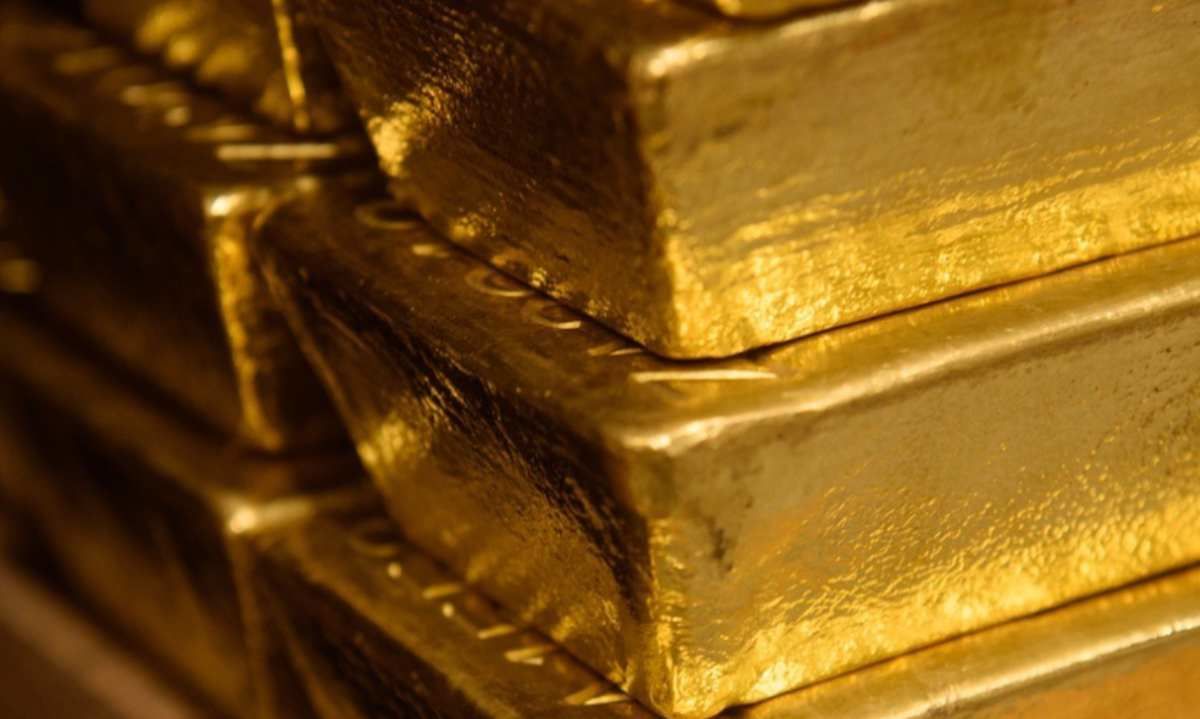
The dynamics between the world's major markets, China’s strategy, and U.S. policy decisions will continue shaping the course of precious metals in the coming months.
The gold market experienced a significant shift this January, with the largest monthly gold outflow recorded since 2016. London, the world's largest gold trading hub, saw a reduction of 4.9 million troy ounces in its reserves, equivalent to nearly $14 billion. This gold exodus is driven by growing concerns over potential U.S. tariffs and the opportunity to benefit from premium prices in the American market.
Key Factors Behind the Gold Outflow from London
The rising demand for gold in the U.S. stems from the possibility that former President Donald Trump will impose tariffs affecting precious metal trade. This has pushed New York prices above those in London, creating an attractive arbitrage opportunity for gold owners who can transport their reserves across the Atlantic.
According to data from the London Bullion Market Association (LBMA), the 1.7% decline in London’s stored gold includes holdings in commercial vaults owned by major institutions such as JPMorgan Chase & Co. and Brink’s Co., as well as accounts in the Bank of England.
Impact on the Gold Market
The LBMA confirmed that "the monthly decline in gold reserves reflects the current market dynamics," highlighting that the 151-tonne gold outflow is not surprising. This phenomenon has also impacted short-term gold lending rates, which reached their highest level in decades in January.
Additionally, the Bank of England experienced a surge in gold withdrawal requests, leading to unusually large discounts for gold stored in its vaults compared to the global market.
Historic Silver Outflow and Tariff Expectations
Not only gold has been affected by this trend. Silver also recorded its largest monthly outflow due to the ongoing premium in New York. According to the LBMA, "like gold, silver’s outflow is directly linked to the movement of metal from London to New York due to tariff concerns."
Despite these concerns, the White House has yet to provide official information on whether precious metals will be subject to tariffs. However, analysts at Citigroup Inc. indicate that the price difference between New York and London markets suggests a 20% probability that Trump will impose a 10% blanket tariff on all U.S. imports.
China Increases Gold Reserves Amid Economic Uncertainty
Meanwhile, China continues to accumulate gold. The People’s Bank of China (PBOC) increased its reserves for the third consecutive month in January, despite gold prices reaching all-time highs. The central bank added 0.16 million troy ounces to its reserves, maintaining its asset diversification strategy.
This move reflects the PBOC’s intent to strengthen its reserves amid geopolitical and economic uncertainty. "The Chinese central bank will likely continue to diversify its reserves in the long term, given rising geopolitical uncertainty," said David Qu, an economist at Bloomberg Economics.
Gold Market Outlook for 2024
The gold market remains volatile, influenced by U.S. trade policies, China’s safe-haven demand, and global price fluctuations. With gold and silver prices at historically high levels and uncertainty over potential tariffs, investors will closely watch upcoming political and economic decisions that could impact the market.
The dynamics between the world's major markets, China’s strategy, and U.S. policy decisions will continue shaping the course of precious metals in the coming months.




